Introduction
In the vast culinary landscape, where flavors and techniques intertwine to create dishes that tantalize the senses, one question often arises among food enthusiasts and home cooks alike: should lamb be cooked thoroughly, or is it acceptable to enjoy it at various stages of doneness? This debate is not merely about preference; it touches upon culinary traditions, food safety, texture, and flavor profiles. Lamb, known for its rich, earthy taste and tender texture, can be prepared in myriad ways, from slow-cooked stews to grilled chops, each method influencing its final presentation and enjoyment. This exploration delves into the multifaceted aspects of cooking lamb, aiming to provide insights that can inform and enrich one’s culinary journey.
Culinary Traditions and Preferences
The preparation of lamb varies widely across cultures, reflecting the diverse culinary traditions that have evolved over centuries. In many Mediterranean countries, such as Greece and Cyprus, lamb is often grilled to medium or medium-rare, where the exterior is charred and flavorful, while the interior remains juicy and tender. This preference stems from a long-standing appreciation for the natural flavors of well-aged, grass-fed sheep, which are believed to be at their best when cooked to a lower temperature.
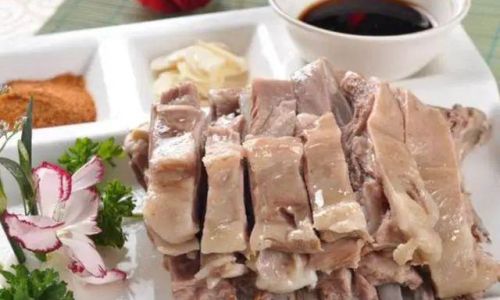
Conversely, in regions like Northern Europe and parts of Asia, lamb is traditionally cooked to well-done, often in stews or slow-cooked dishes. Here, the focus is on tenderizing the meat through long, slow cooking processes, which break down collagen and render the meat fork-tender. These traditions often involve hearty, flavorful broths and spices that complement the robust taste of lamb.
The preference for doneness also varies within individual cultures. For instance, in India, where lamb dishes like Rogan Josh and Korma are ubiquitous, the meat is typically cooked until tender and flavorful, but the exact doneness can vary depending on regional preferences and personal tastes. Similarly, in the Middle East, lamb is a staple in dishes like Kebab and Mansaf, where it might be grilled to varying degrees of doneness, depending on the recipe and the cook’s preference.
Food Safety Considerations
At the heart of the debate lies a crucial aspect: food safety. Lamb, like any other meat, can harbor harmful bacteria, such as Escherichia coli (E. coli) and Salmonella, which can pose serious health risks if consumed raw or undercooked. Thorough cooking, especially to an internal temperature of at least 145°F (63°C) as recommended by the United States Department of Agriculture (USDA), ensures that these pathogens are destroyed, making the meat safe to eat.
However, achieving food safety does not necessarily mean sacrificing flavor or texture. Modern cooking techniques, such as sous-vide, allow for precise temperature control, enabling cooks to achieve medium-rare doneness while ensuring food safety. Sous-vide cooking involves sealing the meat in a vacuum-sealed bag and cooking it in a water bath at a precise temperature for an extended period. This method not only ensures even cooking but also retains moisture and flavor, resulting in a tender, juicy piece of meat that is safe to consume.
Moreover, proper handling and storage of raw lamb are crucial in preventing cross-contamination and reducing the risk of foodborne illnesses. This includes washing hands thoroughly, using separate utensils for raw and cooked meat, and storing raw lamb in the refrigerator at a temperature below 40°F (4°C).
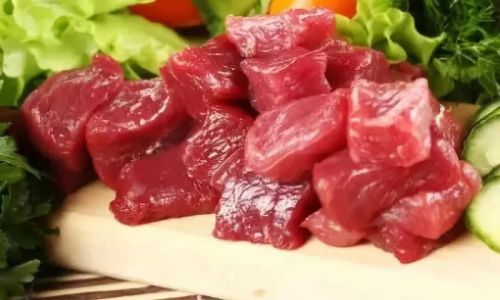
Texture and Flavor Profiles
The texture and flavor of lamb are significantly influenced by its cooking method and degree of doneness. Lamb that is cooked thoroughly tends to be more tender and has a milder flavor profile, as the high heat breaks down fats and collagen, rendering the meat fork-tender. This is particularly desirable in dishes like stews and braises, where the goal is to achieve a melt-in-your-mouth texture.
On the other hand, lamb cooked to medium or medium-rare retains more of its natural juices, resulting in a juicier, more flavorful eating experience. The exterior might be seared to develop a caramelized crust, adding a layer of complexity to the dish. This cooking method is often favored in grilling and roasting, where the goal is to balance the rich, earthy flavor of lamb with a hint of char and a juicy interior.
The fat content of the lamb also plays a role in its flavor and texture. Lamb with higher fat content, such as shoulder and leg cuts, benefits from slow cooking methods that render the fat and tenderize the meat. In contrast, leaner cuts like loin and rack can be grilled or roasted to medium-rare without drying out, as they have less fat to render.
Cooking Techniques and Doneness
Different cooking techniques lend themselves to various degrees of doneness, each offering unique textural and flavor experiences.
Grilling: Grilling lamb over an open flame is a popular method, especially for cuts like chops and steaks. Grilling allows for a quick cooking time, with the exterior developing a smoky, caramelized crust. For medium-rare doneness, grill the lamb until it reaches an internal temperature of around 130°F (54°C), allowing for a brief rest period to redistribute juices and finish cooking to the desired temperature.
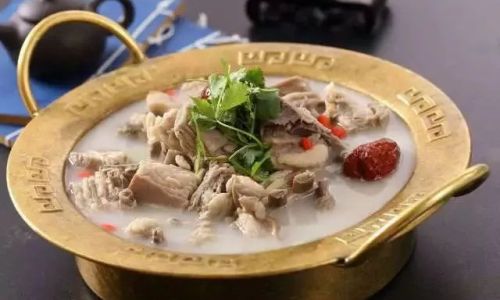
Roasting: Roasting lamb, especially whole or in large cuts, is a classic method that benefits from slow, even cooking. Roasting can achieve a range of doneness, from medium-rare to well-done, depending on the cooking time and temperature. For a tender, juicy roast, aim for an internal temperature of around 145°F (63°C) for medium doneness, ensuring the meat is cooked through but still juicy.
Braising and Stewing: Braising and stewing involve cooking lamb in a covered pot with a small amount of liquid at a low temperature for an extended period. These methods are ideal for tough cuts like shanks and shoulders, as they tenderize the meat and develop rich, flavorful broths. Braised and stewed lamb are typically cooked to well-done, ensuring the meat is tender and flavorful.
Sous-Vide: Sous-vide cooking offers precise control over doneness and texture, making it an excellent method for achieving medium-rare lamb with food safety assurances. Vacuum-sealed lamb is cooked in a water bath at a precise temperature for several hours, resulting in evenly cooked, tender meat with a juicy interior.
Conclusion
The debate on whether lamb should be cooked thoroughly is as nuanced as the culinary traditions and personal preferences that surround it. While food safety is paramount and thorough cooking ensures the destruction of harmful bacteria, modern cooking techniques allow for the enjoyment of lamb at various stages of doneness while maintaining safety. The choice ultimately depends on the dish, the cut of meat, and the desired eating experience.
Whether you prefer the rich, earthy flavors of a medium-rare grilled lamb chop or the tender, flavorful comfort of a well-done stew, the key is to approach the preparation of lamb with an open mind and a willingness to experiment. By understanding the various cooking methods and their impact on texture and flavor, you can create dishes that not only satisfy your taste buds but also honor the culinary traditions and innovations that have shaped our understanding of this versatile meat.
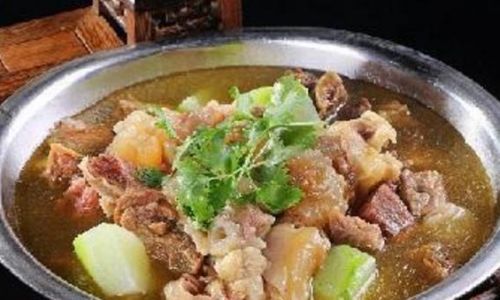
In the end, the debate on lamb’s doneness is not about right or wrong but about exploring the vast culinary landscape, discovering new flavors, and appreciating the diverse ways in which lamb can be enjoyed. So, whether you’re firing up the grill for a summer barbecue or simmering a pot of stew on a cold winter’s day, remember that the journey of discovering the perfect doneness for your lamb dish is half the fun.
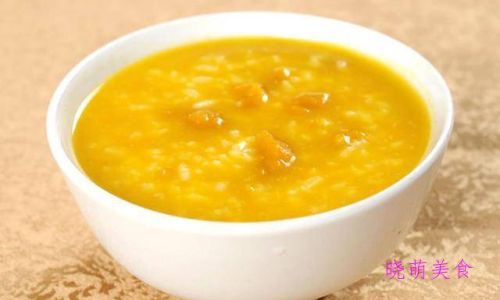
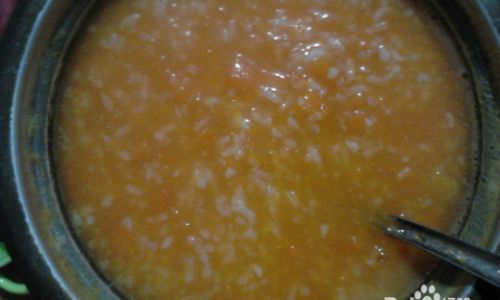
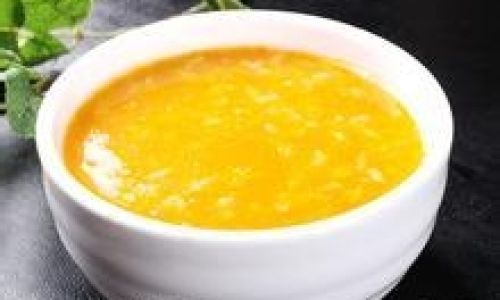

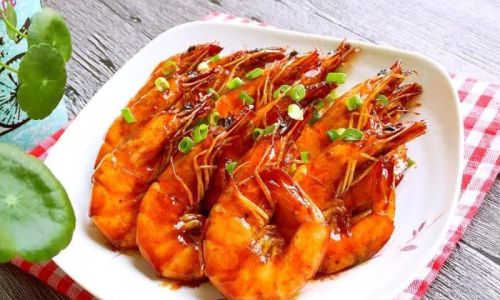
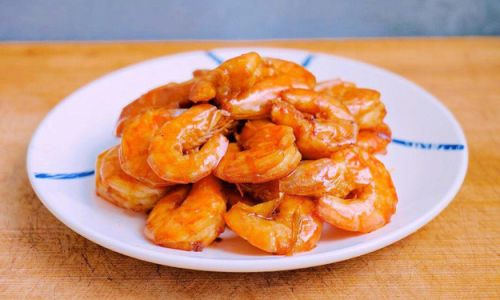
0 comments